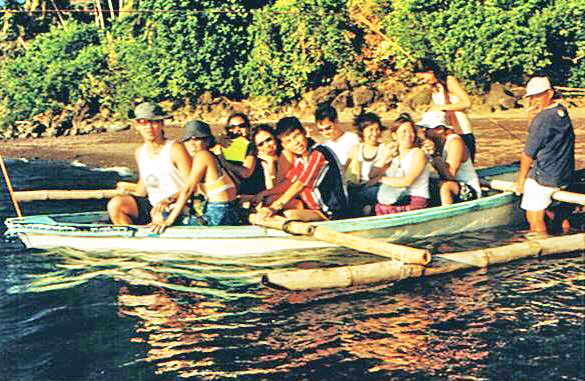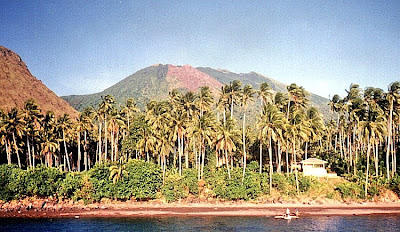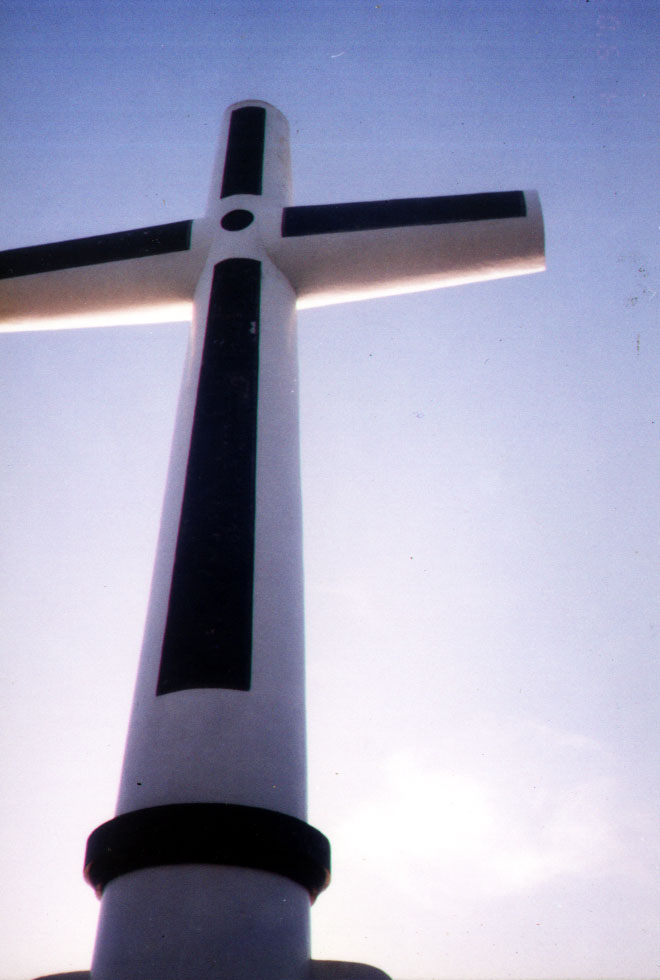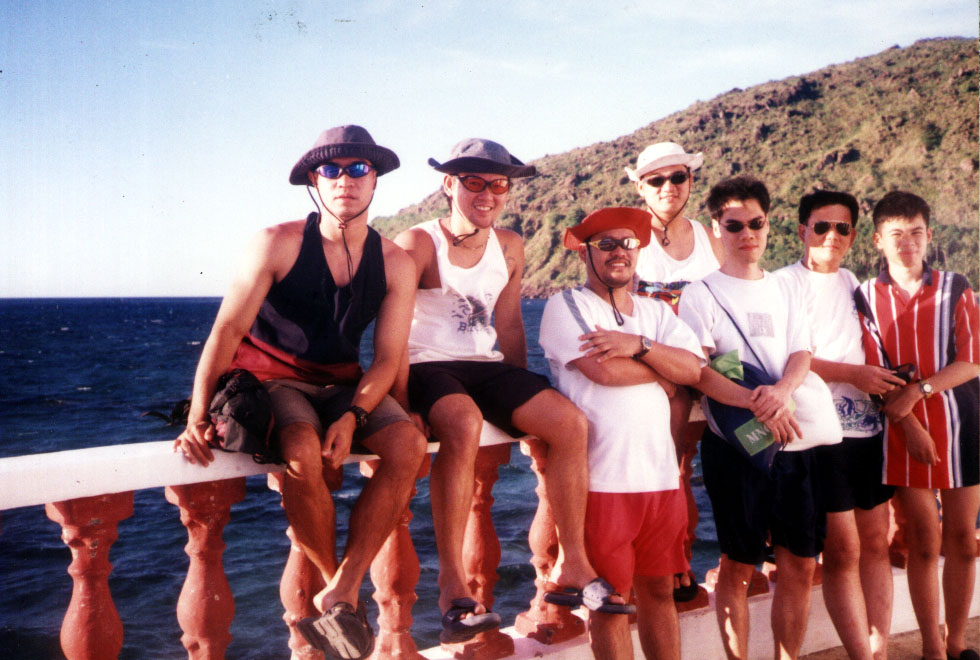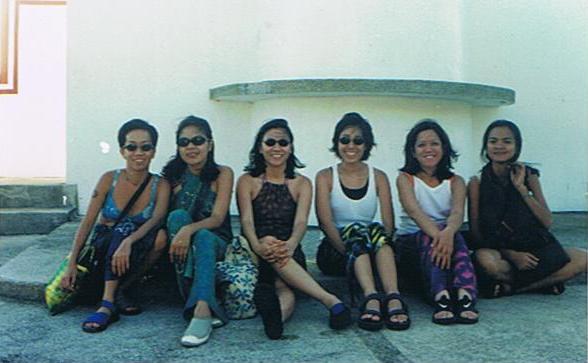 |
| Mt. Vulcan Daan |
On our third day in Camiguin, April 10, Tuesday, we opted to do some island hopping and what better place to go than to White Island. After lunch, we proceeded to Caves Beach & Dive Resort along Agoho Beach in Brgy. Agoho. About 1,5 to 2 kms. offshore is the C-shaped, picture-perfect White Island, Camiguin’s pride. Also called Medano Island, it is a small, uninhabited and treeless sandbar with dazzling white, sugar-fine sand.The island’s shape differs depending on the tides and the constantly shifting currents. The island is also accessible from Brgy. Yumbing, at a boat station behind Paras Beach Resort.
We hired two pumpboats at PhP250 per boat to ferry our group and we reached the island after a 15-min. boat ride. The island’s postcard-perfect view was marred by the sight of makeshift stalls and tents doing brisk business selling buko juice, soft drinks, beer and snacks to visitors at the southern end of the island. It being the Holy Week, I could only sigh in disbelief at the sight. However, they do provide temporary shelter and good shade from the hot afternoon sun.
Still, nothing can mar the backdrop of picturesque and majestic Mt. Hibok-Hibok and Mt. Vulcan Daan. The ladies were off to their usual sunbathing while the guys went snorkeling and swimming 150-200 m. off the island. Later, as the afternoon wore off into evening, we were rewarded by a beautiful sunset. The island shrinks substantially during high tide, so visit early in the morning or late in the afternoon. Not visiting the island would be like not visiting Camiguin at all.
| Sunset at White Island |




